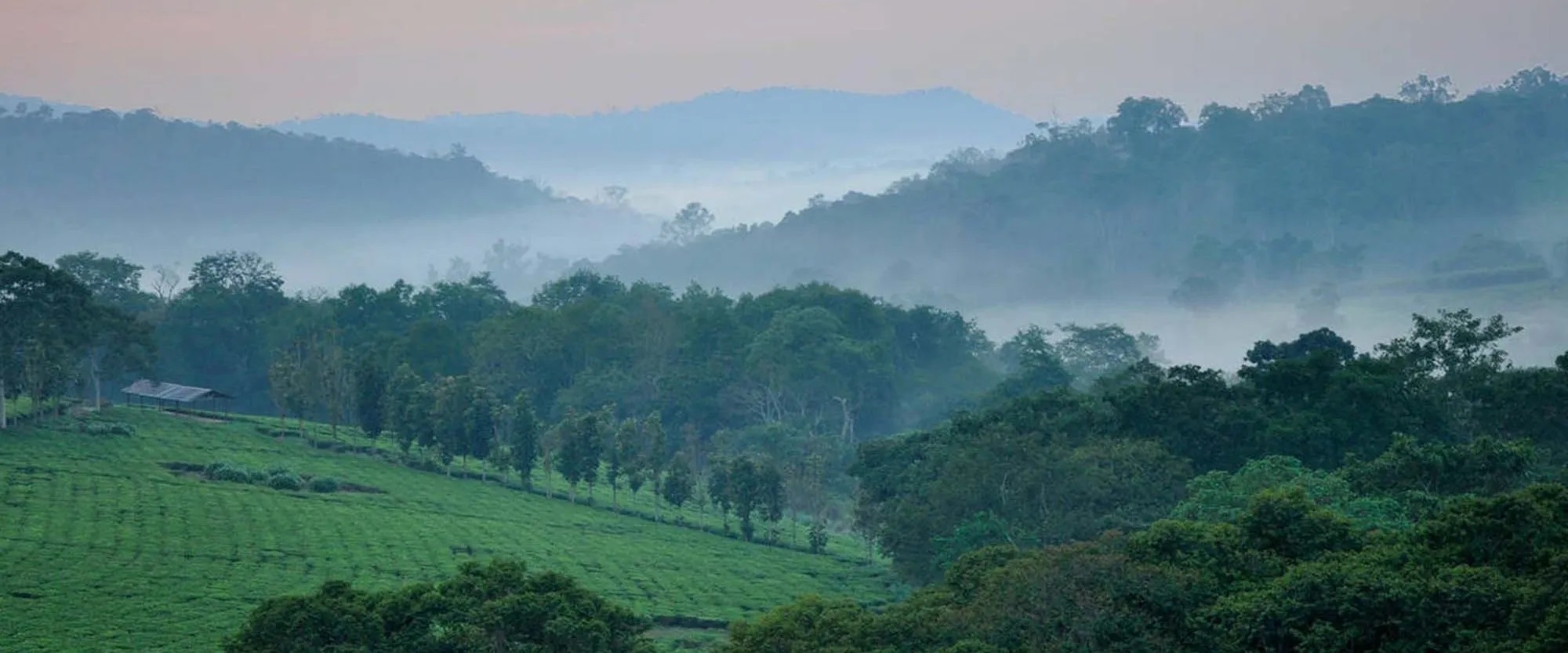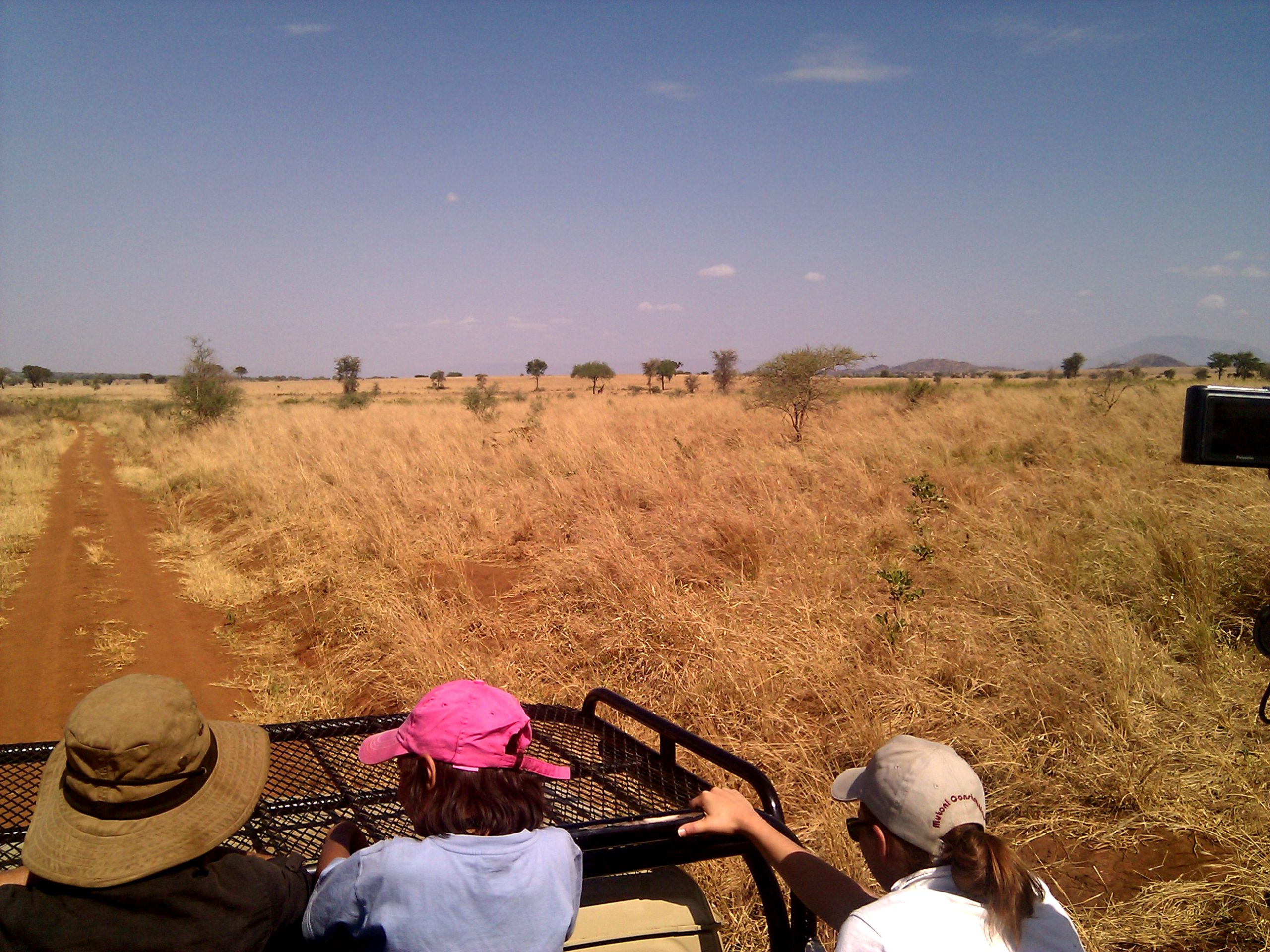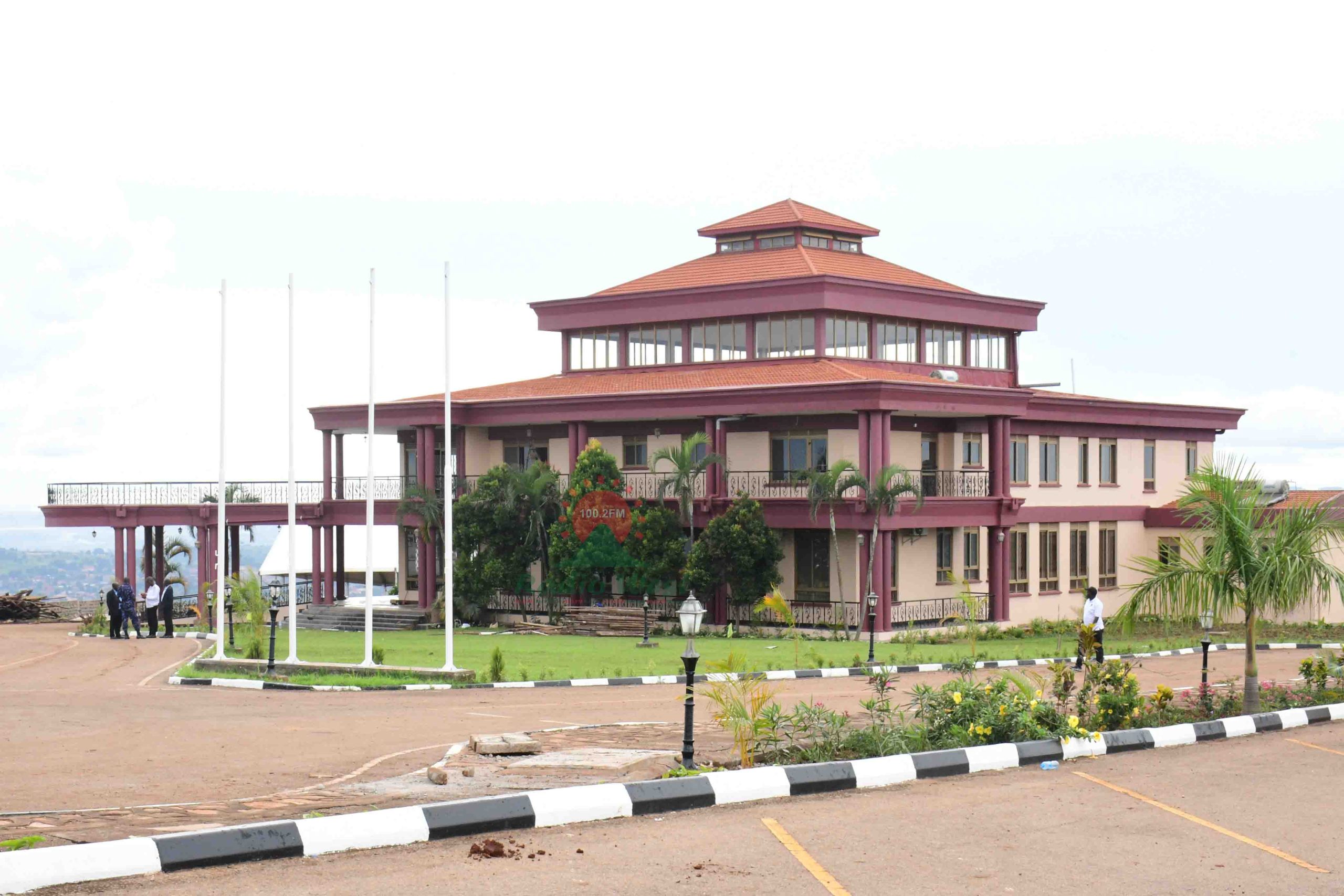Undoubtedly, Queen Elizabeth is Uganda’s Crown jewel of wildlife and biodiversity. Strategically located in the southwestern region of Uganda, Queen Elizabeth National Park stands as one of East Africa’s most cherished and diverse conservation areas. Without a doubt, Queen Elizabeth is Uganda’s wildlife and biodiversity crown jewel. One of East Africa’s most beloved and diverse conservation zones.
This park, which has a vast size of over 1,978 square kilometres, keeps Uganda’s vow to protect its magnificent natural heritage. The park, which bears Queen Elizabeth II’s name, was created in 1954 after her first visit to Uganda as it was initially called Kazinga channel and has since grown to be the tourism industry’s crown jewel. For both nature lovers and animal lovers, Queen Elizabeth National Park offers a spectacular safari experience because to its astounding biodiversity, alluring sceneries, and wealth of attractions.
Covering an expansive area of approximately 1,978 square kilometers, this park serves a reality to Uganda’s promise of preserving its rich natural heritage. Named after Queen Elizabeth II, the park was established in 1952 and has since become a crown jewel for the country’s tourism industry. With its incredible biodiversity, captivating landscapes, and numerous attractions, Queen Elizabeth National Park offers a memorable safari experience for nature enthusiasts and wildlife lovers alike.
Strategically situated in southwestern Uganda, Queen Elizabeth National Park borders Rwanda to the south and the Democratic Republic of the Congo to the west. The park comprises a wide variety of ecosystems and stretches from Lake George in the northeast to Lake Edward in the southwest. The picturesque Rwenzori Mountains to the north and the dramatic Albertine Rift Valley, famed for its towering escarpments, to the east are some of its geographical highlights. The great biodiversity of the park is facilitated by its varied topography.
The park’s amazing biodiversity is one of its most outstanding features. An astounding array of wildlife, including over 618 different bird species and 95 different mammal species, are found in Queen Elizabeth National Park. Among the iconic wildlife that call the park home are the African elephant, lion, leopard, buffalo, and Uganda kob and the elusive tree-climbing lions in the Ishasha sector, which is unique to this region.
The park’s aquatic features, such the Kazinga Channel, are a haven for crocodiles, hippos, and a wide variety of waterfowl species, making it a haven for birdwatchers. From the expansive savannahs of the Kasenyi Plains to the lush, forested Kyambura Gorge, which is home to chimpanzees and other primates, the different ecosystems within the park sustain a variety of wildlife.
Experience the Kazinga Channel boat safari to round out your trip to Queen Elizabeth National Park. The boat safari provides a chance to get up close to the aquatic wildlife in the park along this 32-kilometer-long channel that connects Lake George and Lake Edward. Visitors can see hippos, crocodiles, elephants, and a wide variety of bird species along the channel’s banks. The boat cruise offers a personal and unique perspective of the park’s thriving ecosystems.
The Ishasha sector in the southern part of the park is renowned for its population of tree-climbing lions. Unlike their counterparts in other regions, these lions have developed the unique behavior of ascending fig trees, providing a remarkable photographic opportunity for visitors. The reason for this behavior remains a mystery, but it adds an element of intrigue and excitement to any safari adventure in Queen Elizabeth National Park.
The park’s Kyambura Gorge, sometimes known as the “Valley of Apes,” is a beautiful and heavily forested gorge. A group of habituated chimpanzees live in this canyon, and guided chimpanzee trekking tours offer the opportunity to see these interesting animals in their native environment. The trekking trip through Kyambura Gorge is an exciting and instructive adventure that provides insights into chimpanzee life and the conservation measures being made to keep them safe.
Queen Elizabeth National Park also provides cultural opportunities in addition to its amazing wildlife. Visitors can interact with local cultures through activities including watching traditional dances, listening to local stories, and visiting local markets since the surrounding communities, such as Bakiga and Banyankole, have rich cultural traditions. These interactions give a more thorough comprehension of the region’s people and their connection to the park’s ecosystem.
Uganda’s conservation efforts are greatly aided by Queen Elizabeth National Park. It has been hailed for its achievements in conservation and is a UNESCO Biosphere Reserve. There are ongoing efforts to safeguard its distinctive ecosystems and guarantee the viability of wildlife populations. The park also encourages community-based conservation, in which nearby communities participate in the preservation of the park’s resources, thereby enhancing their standard of living.
A natural wonderland, Queen Elizabeth National Park in Uganda offers an enthralling fusion of wildlife, magnificent landscapes, and cultural encounters. For tourists wanting a real African safari experience, it is an absolute must-see due to its dedication to conservation and incredible biodiversity. Whether you find the sight of lions in trees or the presence of chimps in the wild to be fascinating, gorge, or simply wish to immerse yourself in the beauty of East Africa, Queen Elizabeth National Park promises an unforgettable adventure in the heart of Uganda’s wilderness.
How to Get there
Queen Elizabeth National Park is popular with many tourists as a destination for wildlife enthusiasts. To get to Queen Elizabeth National Park, there are a variety of transport options, including domestic flights from Entebbe International Airport.
Also, upon arrival at Entebbe Airport, we take you through Kampala City, which is approximately a 40–45-minute drive from the airport. The park is located about 370 kilometres (230 miles) southwest of Kampala. The journey takes approximately 6-7 hours, depending on road conditions and traffic.
Another option is to take a domestic flight from Entebbe Airport or Kajjansi Airstrip in Kampala to Kasese Airstrip, where our team will pick you and transport you to Queen Elizabeth National Park.
Accommodation
The park provides a variety of accommodation offerings regardless of one’s wallet size as the available offers cater for budget, midrange and luxury.
Many lodges and safari camps offer accommodations within the park.
Queen Elizabeth National Park offers a wide range of activities, including game drives, boat safaris, and guided walks. You can explore the park’s diverse wildlife, including elephants, lions, hippos, and a variety of bird species.
Please note that road conditions in Uganda can vary, so it’s a good idea to check the latest travel information, road conditions, and safety recommendations before embarking on your journey to Queen Elizabeth National Park. Additionally, consider obtaining any necessary permits or park entry fees in advance to ensure a smooth visit.
Activities;
- Game drives
- Chimp Tracking
- Bird watching
- Cultural tours
- Fish feasting at Kasenyi landing site
- Boat Cruise on Kazinga Channel
- Lake Katwe Salt mine tour
Price (per person): Starting from $250




















Write Your Review